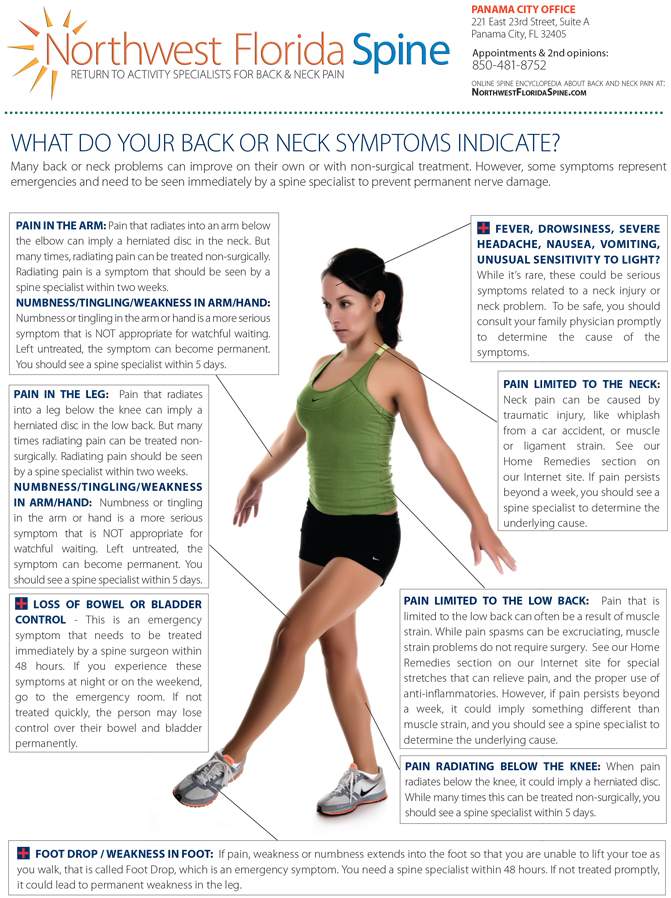MIS PLIF
The PLIF procedure is a minimally disruptive approach to traditional back surgery. During a PLIF (Posterior Lumbar Interbody Fusion) procedure, the damaged disc is removed from between two vertebrae in the lower back (the lumbar region). The vertebrae are then fused together to reduce motion. The goals of the procedure are to restor e stability in the spine, eliminate pain, and treat common spinal pathologies.
e stability in the spine, eliminate pain, and treat common spinal pathologies.
Traditionally, a PLIF is performed by making a midline incision in the patient’s back. The attached muscles are then pulled back and laterally (to the side) to allow sufficient exposure for the surgeon to place pedicle screws for fixation. This often results in postoperative approach-related muscle pain and denervation (loss of nerve supply).
The distinct difference between a traditional “open” PLIF and a MIS (minimally invasive surgery) PLIF, is the medialized surgical approach. By using a medialized (closer to the spinous process) screw entry point, the MIS PLIF procedure is designed to eliminate the need to retract muscle laterally past the facet joint to the transverse process, therefore requiring a smaller incision than an “open” PLIF. By minimizing the amount of muscle disruption, this procedure is intended to reduce postoperative approach-related muscle pain and enable a faster recovery for the patient.
Advantages of Minimally Invasive PLIF
In general, the MIS PLIF procedure results in a shorter recovery and a faster return to normal activities compared to a traditional “open” PLIF procedure. Benefits include:
- Reduced blood loss compared to a traditional PLIF procedure – the MIS PLIF procedure requires a smaller incision and causes less muscle disruption than a traditional PLIF.
- Minimal scarring and postoperative pain – the MIS PLIF procedure avoids excessive lateral dissection/retraction that can cause trauma to and denervation of back muscles.
- Reduced hospital stay – most MIS PLIF patients are discharged from the hospital 1-2 days after surgery.
- Faster return to normal activity – because this procedure is less disruptive than conventional posterior surgery, most patients are able to stand up and walk the evening after surgery.
Potential Risks
All surgical procedures present risks and complications, and it is important to discuss them with your surgeon prior to surgery. Listening to your surgeon’s guidance, both before and after surgery, will help to encourage the best possible outcome from your procedure.
Operative and postoperative complications known to occur may include: early or late infection which may result in the need for additional surgeries; damage to the spinal cord or peripheral nerves, pulmonary emboli; loss of sensory and/or motor function; permanent pain and/or deformity. Rarely, some complications may be fatal.
Home Remedy Book

As a community service, Northwest Florida Spine mails out a free 36-page Home Remedy Book with customized stretches that can relieve some back and neck pain symptoms. Enter your name and address and we will mail you a copy.
Back to Life Journal

Download our free 16-page Back to Life Journal that shows how to get back to golf, tennis, hiking and more with home remedies. Insert your email to subscribe and download.
Symptoms Chart
Some symptoms can become permanent if you don’t see the physician with in 24 hours. Find out when you can use “watchful waiting” and when you have an emergency symptom.
Exercise Library

What do exercises have to do with relieving pain? Research in sports medicine and spine care exercises have shown to help relieve joint, ligament, muscle problems in the legs, arms, neck and back and increase range of motion.
Need an Appointment?
Dr. Michael Rohan, Jr. is a board certified orthopedic surgeon who is fellowship-trained in spine surgery, the highest level of medical education in the U.S. For over 10 years, Dr. Michael Rohan, Jr. had a prominent spine center on the Florida Gulf Coast with offices in Panama City and Destin before expanding his practice with a new spine care location in Middleburg in Clay County, Florida, a suburb of Jacksonville in Northern Florida. The Jacksonville practice location is convenient to patients from other cities like St. Augustine, Gainesville, Palm Coast, Daytona Beach, and Duval County. Other patients travel from South Georgia cities like Brunswick, GA; Waycross, GA; and coastal locations like Jekyll Island and Savannah. If you’ve been told you need spine surgery, it can be beneficial to get a second opinion for spine surgery from a spine surgeon who specializes in minimally invasive spine surgery and artificial disc replacement.
Disclaimer: Internet Explorer is now obsolete and has been replaced by Microsoft. If you are viewing in Internet Explorer 8 or older, you will need to update your browser by Clicking here.

